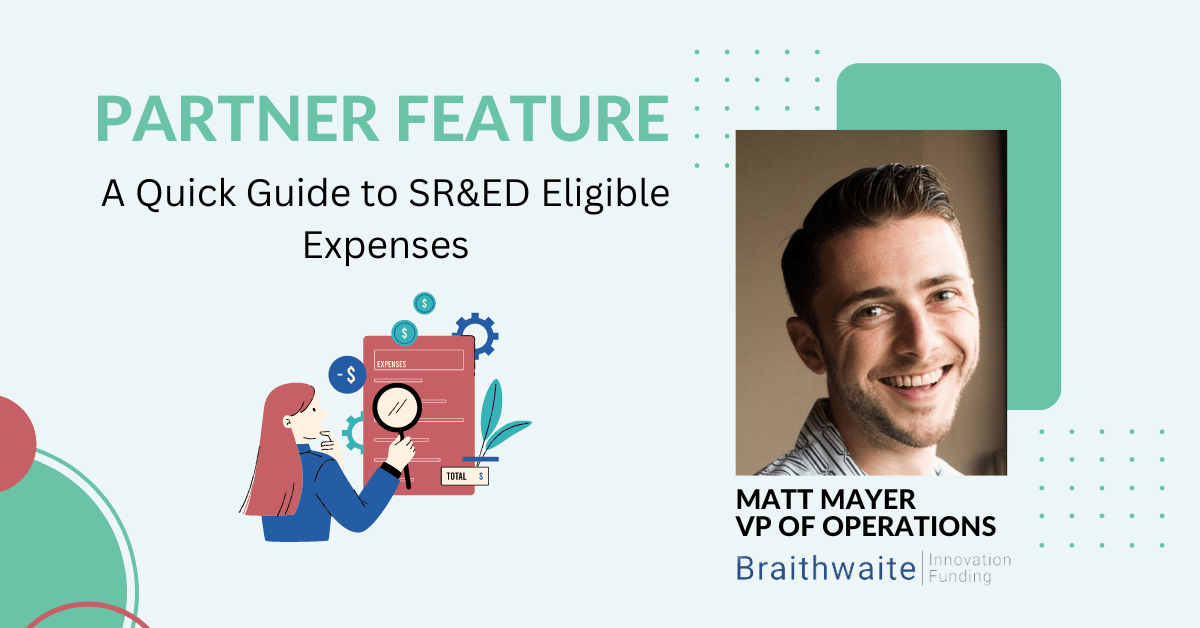Reading time: 5 minutes
These days, it seems like every fresh-faced kid has a start-up. The data from 2018 shows that Canadian VC-backed companies fundraised a record high of $3.5B. The recent Canadian Venture Capital Report (accessed here) indicates that US investors are playing a powerful role. In the first quarter of 2019, venture capital financings in Canada raised $1.28B, with bigger deals of $20M or more making up the majority. For a breakdown of the findings, check out NewsWire. The fundraising field is also diversifying – Export Development Canada just unveiled a $50M program to increase access to growth capital for Canadian women entrepreneurs engaged in export trade. Before starting out on their first projects, budding entrepreneurs might envision raising a substantial lump sum of cash or landing a start-up business loan and then be good to go. What more experienced entrepreneurs will tell you is that you had better get used to raising funds because you will most likely go through several funding rounds in the first few years alone. The general trend more recently seems to be that start-ups are returning to financers to raise capital more and more in shorter intervals.
So where does the funding round called Series B fall in the process?
After the seed stage when start-ups have typically built significant momentum and reached important initial milestones, they continue on to Series A. This first round of fundraising is higher-stakes because it comes at a crucial time in the development of a new business – there is more money to be had, but investors usually want to see more robust progress and planning before they lend again. Once start-ups make it through both the initial seed round and Series A capital-raising and they find themselves needing more funds to build on the stable revenues they are already generating and keep growing, the protocol for Series B kicks in.
If your business is looking to enter a Series B round, congratulations! This means you have already enjoyed some success and overcome a fair number of obstacles. For a stunning look at some of the most well-funded startup companies that ultimately failed, check out CB Insights’ thorough breakdown. The road ahead holds a lot of promise, but it is not without its risks. Here are a few tips to help you navigate this key intermediate stage of business growth.
Once it is time for a Series B round, start-ups are probably looking for private equity investors and venture capital level participation. The Series B stage is all about building on the foundation of previous success. Capital raised at this stage is usually used for expansion projects – growing your core teams, expanding into new markets, acquiring new talent, developing new technology, and scaling. This means that entrepreneurs are looking for larger sums, often in the tens of millions of dollars range, even if profits are at an earlier stage of development. With lots of money on the table and opportunities to make the jump up to enterprise levels, start-ups need to be running at full speed and ready to show impressive business modelling to investors.
1. Set Serious Expectations & Foster Good Relationships
The good news is that if a start-up has made it to the Series B phase, it has already demonstrated that it can execute the plans its owners present and fulfill the expectations of its investors. Series B is the time to up the ante. By now, companies usually have a much higher valuation than they did during the Series A round and have secured the trust of hopefully all of their initial investors.
Since investors will typically be paying more than they were in Series A funding, the importance of tending to your relationships with existing investors cannot be overstated. Maintaining a good reputation among a network of investors will also help to warm up a field of prospective investors.
2. Tighten Your Team & Boost Morale
This is also an important time for entrepreneurs to check in with the teams around them before launching into a Series B round at full speed. Series B rounds can demand a lot from a team that has already been working hard to grow the business to this stage. Higher-stakes funding rounds like this require a lot of enthusiasm and positivity. Start-ups at this point are generally lower-risk investments since some success has already been proven, so fundraisers at the Series B stage are selling both the past and the future. Checking in with your team and making sure everyone has what they need to project positivity and tell the story of success you want investors to hear is crucial. For more essential tips on the importance of founding teams, click here.
3. Offer Diverse Options
Series B funding is the round when equity investors might want to receive convertible preferred stock rather than common stock. This can be because preferred stock offers some special options like anti-dilution and dividend accrual, which are not always available in common stock. Making some adjustments so that you can offer preferred stock could potentially help to attract more investors.
4. Take Advantage of Crowdfunding Sources
Crowdfunding is a less traditional option that start-ups might want to explore during the Series B stage. In 2018, commercial property investment marketplace CrowdStreet raised $8M in their own Series B round in order to build out their popular crowdfunded real estate investment management platform. Also in 2018, artificial intelligence/retail company Thread secured £1M in the Series B stage on Crowdcube, another crowdfunding investment platform. By crowdfunding, entrepreneurs are able to open up their businesses for investment to an unconstrained market of retail, private equity investors, venture capital firms, and institutional funders. Loans are also possible through crowdfunding platforms, but as an entrepreneur, you should be cautious when considering such an option. Internet-based crowdfunding can also entail restrictions on fundraising levels and capital allowances per investor.
Overall, the Series B funding round is an exciting milestone in your company’s growth and should be treated as an opportunity to hone those fundraising skills and maintain important relationships that will come in handy for years to come. Ensuring success in the Series B round will put you in a good position for the big league scaling of Series C funding in the future.
Visit venbridge.com for more details on non-dilutive venture debt, SR&ED Financing, and tax credit consulting services. Venbridge’s services allow you to maximize your government tax incentives, better manage cash flow, and invest more in the areas you need. If you’re a blockchain startup, give us a call and we can help you with your SR&ED filing!




